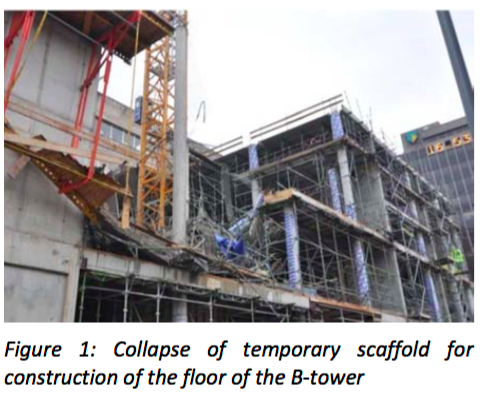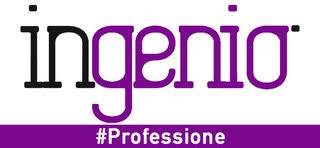Esplorare i miglioramenti per la sicurezza strutturale
Dal 23-25 2015, a GInevra in Svizzera si è svolto lo IABSE Conference: Structural Engineering: Providing Solutions to Global Challenges. RIprendiamo qui l'Abstract dell'articolo rimandando con un link al sito del congresso per leggere l'articolo in modo completo.
Exploring improvements for structural safety
Karel Terwel
Delft University of Technology, Delft, the Netherlands Coenraedt B.V., Rotterdam, the Netherlands
Dik-Gert Mans
Meged Engineering & Consultancy, Zoetermeer, the Netherlands
Abstract
Research has shown that 80-90% of failure cases is caused by human and organizational factors, like communication errors. A national survey in the Netherlands revealed that critical factors within Dutch building process are: safety culture, communication and collaboration, allocation of responsibilities, risk management, control and knowledge infrastructure. This paper explores how the critical factors within building industry might be improved for both design and construction stage.
Keywords: structural safety, building process
1 Structural safety: is improvement necessary?
The last few years the Dutch building industry has been shocked by some major structural failures, often during construction, for instance with the collapse of a temporary scaffold for construction of the floor of the B-tower in 2010 and the partial collapse of the roof of an extension for the FC Twente stadium in 2011 resulting in several injuries and fatalities [1].
Fortunately, the number of fatalities caused by structural collapses is currently very limited in the Netherlands, resulting in probabilities of dying for workers in the construction sector of 7,5 * 10-6 to very low probabilities of dying for residential end- users (1,1*10-8) [2].
 These numbers are low, although the risk of dying should be limited to a level that is As Low As Reasonably Practicable (ALARP).
These numbers are low, although the risk of dying should be limited to a level that is As Low As Reasonably Practicable (ALARP).
Apart from the number of fatalities and injuries, a reduction of failure costs can be an important driver to improve structural safety. The failure costs in the Netherlands are estimated at 10% of the yearly turnover, which results in a total sum of approximately 5 billion euros.
This number needs improvement. In addition, parties are willing to improve structural safety because of moral reasons (feeling personal responsibility, professional pride: striving for quality) mixed with financial reasons (shareholders value, reputation and trust).
Research on over 700 failure cases showed that 80-85% are caused by human and organizational factors [3]. This is in line with international research [4].
Therefore, it is important to know what factors in the design and construction process are critical; that is: make a difference between a successful project and less successful project regarding structural safety. Critical factors within Dutch building processes are: safety culture, communication and collaboration, allocation of responsibilities, risk management, control and knowledge infrastructure [5].
When critical factors are known, it is important to determine measures that might lead to improvement of these factors in the building process.
This paper will describe the possible measures that were proposed in various publications, which are deemed to improve the critical factors for structural safety. In addition, the results of a workshop with participants from the building industry is presented which lead to an action list to improve structural safety.
2 Exploring improvements
In the Netherlands a lot of measures are suggested, but usually not based on a thorough analysis. By using the derived critical factors as a starting point, it is deemed easier to select relevant measures.
Possible measures have been selected from various sources:
- Eurocode describes briefly some measures to assure safety
- Convenant Highrise was set up in the Netherlands, because the normal codes are not applicable for buildings of over 70m. This convenant includes procedural measures [6]
- NEPROM, the Dutch association for Project developers has issued a Code of Conduct with measures to improve quality [7]
- Compendium Structural Safety has been drafted by various parties from the building industry to assure safety in various stages of the building process [8]
- Interviews with building experts have resulted in possible measures
- A comparison with other industries has led to ideas for improvements [9]
The following subsections highlight some of the proposed measures.
2.1 Measures to improve safety culture
Improving safety culture starts with awareness. It might be important in a fragmented building industry to have a central organization that coordinates activities regarding structural safety, like mandatory failure reporting.
